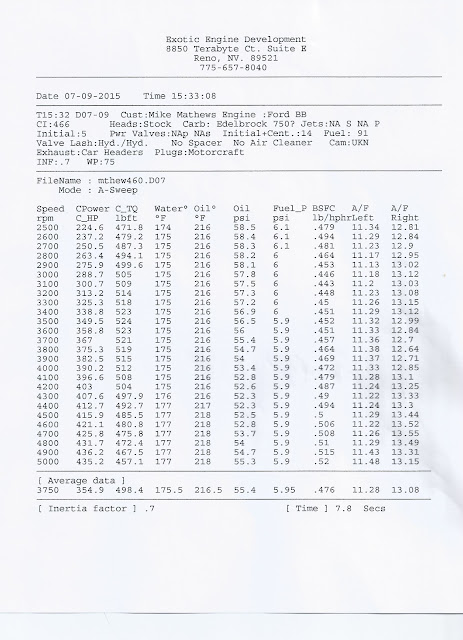Lean on me
Working on the car by yourself can be a peaceful experience. For me, it is a multitude of things:- It is an escape from the stresses of life, a safe zone. To me, being under the car almost reminds me of when I was a kid and made forts out of blankets and couch cushions. Except now the fort ceiling is about a foot off the ground and covered in an inch thick concoction of all the fluids my car can possibly leak.
- A challenge to learn something new; like what possible mathematical magic angle do you need to be at to get that bolt back in that you just took out?
- How to grab that socket/nut/whatever that is laying just out of reach, on the other side of the way your wrist can even bend? And you weren't smart enough to raise the car any higher so you don't have enough room to move your elbows...you attempt to roll but your shoulders are wedged - so you twitch and flail while your wrists are bent at ninety degree angles, slowly pushing that stupid screw/nut/whatever away until you finally rage quit and re-stab yourself back under the car...
- What was I talking about again?
Oh yeah - ignoring my cynicism, it is actually pretty fun and peaceful. But there are times when you just need a friend's help with stuff. Whether it be for their knowledge, their extra hands, strength or just plain moral support, a friend or friends can be life savers.
Engine swapping is definitely one of those times where you NEED friends. And I'm super lucky to have a few friends that are not only knowledgable in this area but are willing to help me out.
But let me preface this with a prerequisite of what kind of friend(s) you want around. If you are new to this, you will want friends that you are comfortable with them seeing you are your worst and/or weakest, whatever that may be for you. You are going to get pissed off, frustrated, annoyed, disappointed and possibly even physically hurt. Wait, you WILL get hurt. And it will probably be your own damn fault.
Okay, on to actual engine work.
Getting ready for the pull
This part is actually straight forward. I got this done around the 17th so forgive me if I forgot some details.- Got under car.
- Unbolted exhaust manifold flanges from the rest of the exhaust pipes.
- Got gelatinous ATF goop in hair and on face.
- Got some sort of crud in eye balls.

- Didn't grab safety goggles.... WEAR YOUR SAFETY GOGGLES PEOPLE.
- Removed transmission inspection plate

- There were four of them
- Rotate crank about 90 degrees to remove the next one.
- This will remove the connection from the engine's crank to the transmission's torque convertor.
- Removed all but the top two bellhouse bolts - (that is what secures the engine to the transmission).
- ENGINE MOUNTS: Since this was my first time attacking this, I didn't really know what the engine mounts looked like. So for some reason, I didn't think I could get to the single long bolt that held the two mounts together. So I stupidly opted to disassemble the four bolts that are attached to the frame. This was a very long, frustrating process as I attempted to navigate a swivel attached to a long extension underneath the control arm and onto an almost invisible bolt head. (four of them actually)
QUICK RANT:
Safety goggles are amazing but for some reason, my eyeballs turn into mini saunas when I'm under the car and fog the goggles up pretty quickly. ALSO - each single piece of crud on this engine managed to do a 'Porkin's from Star Wars' by navigating the crevices of my face wrinkles and then dive bombed directly into my eye balls. At which point I gave up washing my face off and just permanently winked at the dark void that housed these stupid invisible motor mount bolts.
Anyway, what seemed like an hour later, the mounts were free. This was after several trips to the sink to wash my eyeballs out. I was stupid cranky at this point.
At the time, we didn't have a big enough cherry picker available, so instead, we used the car lift to attempt to yoink the engine out. This actually worked pretty well - well, it did after I realized I forgot something....
So once we got it secured, we removed what I thought were the last two bolts. We are shoving, pulling, shaking this engine but it just wasn't giving up.
I get under the thing and discovered I missed a bolt. Queue up a few joking/jabbing comments from the crowd above the car. With frustration building, I fail to find the angle to get to that stupid last bolt. At that very moment, like a shooting star in the dark, one last piece of crud from the engine managed to delicately, silently fall onto my eye.
After throwing a silent temper tantrum, I lay on the floor, defeated. With that piece of grease or whatever nestling deeper into my eyeball. I had safety goggles but I probably threw them somewhere by this point....
Boom. They appear in my hand. Friggin' Jim is on it and rallies me back into action. That bolt comes out and the crew above me managed to hulk the engine out of the bay.
The Pull
Jake removed the flywheel and plate from the engine.
Yay.
So check out these old exhaust manifolds...
Cracks everywhere. Also, it looks like someone attempted to repair these manifolds with JB Weld.
Yuck.
I just wanted to capture how dirty I was but honestly, it felt way worse than I looked. Anyway, I have more to come - the engine has been stabbed so I'll get that written up ASAP.
Until then!































